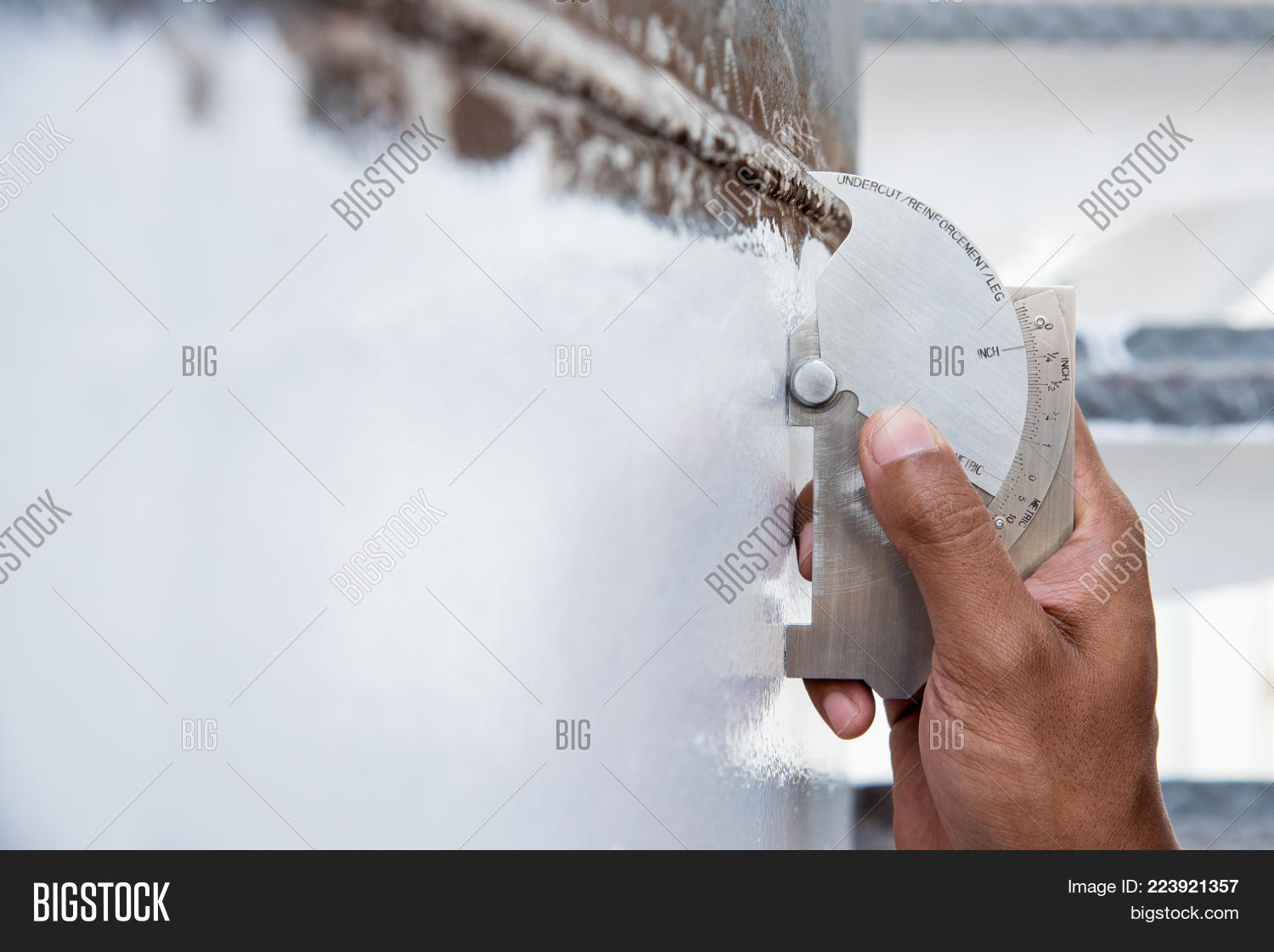A Comprehensive Review of Tank Welding Assessment Standards and Methodologies for Improved Weld High Quality and Performance
The importance of welding evaluation standards in the production of containers can not be overstated, as they function as the foundation for ensuring weld stability and functional integrity. Numerous evaluation strategies, including visual assessments and progressed non-destructive screening methods, are important in recognizing prospective imperfections that can compromise efficiency. Sticking to regulative standards not just improves weld top quality yet additionally minimizes the risk of costly failures. As we discover the nuances of these methods, it becomes vital to think about exactly how a methodical technique can reinvent existing methods and cause substantial enhancements in end results.
Relevance of Welding Examination Specifications

Welding evaluation criteria include an array of requirements, consisting of material specs, welding procedures, and certifications of employees entailed in the welding procedure. By imposing these criteria, organizations can methodically identify and remedy potential problems, therefore decreasing the probability of costly repair work or devastating failings. Additionally, rigorous evaluation techniques foster a society of responsibility and precision, encouraging welders to preserve high degrees of craftsmanship.

Usual Welding Inspection Methods


Ultrasonic Checking (UT) is another common method, making use of high-frequency acoustic waves to spot inner problems that may not show up on the surface. This method is specifically efficient for recognizing voids or incorporations within the weld metal. Magnetic Particle Checking (MT) is additionally widely made use of, specifically for ferromagnetic products, as it discloses surface and near-surface problems with the application of electromagnetic fields and ferrous particles.
In Addition, Liquid Penetrant Screening (PT) spots surface-breaking flaws by applying a penetrant to the weld and afterwards making use of a programmer to extract the penetrant. Each of these strategies contributes additional info to a comprehensive evaluation method, guaranteeing that welds fulfill the strict high quality requirements needed in container construction.
Governing Criteria and Conformity
Governing requirements and conformity are necessary parts in guaranteeing the security and dependability of welded frameworks in tank building and construction - Tank Welding Inspection. These requirements offer to establish minimum needs for material homes, welding treatments, and examination practices, thereby minimizing the threat of structural failings and improving total performance
Secret organizations, such as the American Society of Mechanical Engineers (ASME) and the American Welding Society (AWS), supply standards that are extensively adopted in the sector. Conformity with these criteria not just makes certain adherence to ideal techniques however likewise meets lawful and legal commitments, safeguarding the interests of stakeholders.
Regulative bodies frequently mandate adherence to certain codes, such as ASME Code Area IX for welding certifications and API 650 for welded tanks. These codes outline needs for welding techniques, certifications of employees, and testing techniques to verify weld stability.
Normal audits and examinations are essential to maintaining compliance, as they assist identify discrepancies from established criteria. Non-compliance can lead to substantial charges, job delays, and safety threats. Therefore, a durable understanding of governing requirements and a dedication to compliance are vital in attaining premium and long lasting bonded container frameworks.
Non-Destructive Testing Techniques
Just how can the stability of bonded frameworks be ensured without triggering damages? Non-destructive screening (NDT) techniques provide a robust option, enabling inspectors to assess weld top quality without compromising the material - Tank Welding Inspection. Among the most typical NDT methods are ultrasonic screening (UT), radiographic screening (RT), magnetic bit testing (MT), and dye penetrant testing (PT)
Ultrasonic testing employs high-frequency acoustic waves to spot internal flaws and characterize product properties. It offers exact measurements and is specifically effective for thick products. Radiographic testing involves passing X-rays or gamma rays via the weld, creating pictures that disclose architectural problems such as cracks or voids. This approach is indispensable for examining the stability of complex welds.
Magnetic particle testing is suited for ferromagnetic products, where magnetic fields expose surface area and near-surface interruptions. Dye penetrant testing uses a liquid color to highlight surface-breaking imperfections, making it an efficient approach for non-porous materials.
Each of these NDT methods has distinctive benefits, permitting thorough evaluations customized to specific products and welding procedures. By executing these techniques, browse this site markets can make certain the dependability and safety of welded structures, eventually improving total efficiency.
Enhancing Weld Top Quality Through Inspection
Efficient examination plays an important function in improving weld quality, working as an essential checkpoint in the fabrication process. By recognizing potential problems early, examinations mitigate the risk of compromised architectural integrity and guarantee compliance with sector requirements. Utilizing a combination of aesthetic examinations, non-destructive screening (NDT) methods, and mechanical assessments, examiners can detect concerns such as porosity, fractures, and insufficient fusion.
Executing a durable inspection protocol not only enhances the general high quality of welds however likewise promotes a culture of responsibility among welders and producers. Routine training and accreditation of evaluation workers guarantee that they are equipped with the essential skills to identify and deal with possible problems successfully. This aggressive method reduces rework and associated prices, inevitably adding to project efficiency.
In addition, comprehensive documentation of examination searchings for offers valuable understandings into recurring concerns, assisting in constant improvement in welding techniques. By leveraging sophisticated technologies, such as automated ultrasonic screening or digital radiography, weld quality can be improved with extra precise weblink analyses. Finally, a rigorous examination process is vital in attaining high-grade welds, making sure safety and security, dependability, and longevity in container fabrication.
Verdict
In verdict, the execution of strenuous tank welding evaluation requirements and methods is essential for guaranteeing weld stability and efficiency. By making use of a mix of aesthetic inspections, non-destructive testing methods, and adherence to regulatory requirements, organizations can efficiently determine and alleviate prospective flaws.